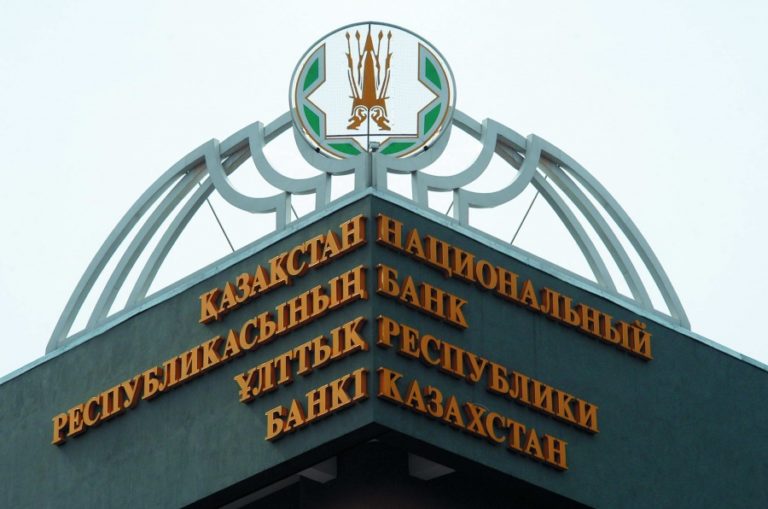NUR-SULTAN – Kazakhstan’s current account payment balance developed a $1.9 billion deficit in the first half of 2019 and external debt was $158.3 billion, or 87.7 percent of gross domestic product (GDP), reported the National Bank of Kazakhstan press service.
“In the first half of 2019, the external debt decreased $467.6 million. The state external debt increased by $323 million to $12.6 billion due to the growth of the market value of sovereign bonds, partially offset by the repayment of government external borrowing,” it said.
The current account deficit is due to a decrease in the trade balance surplus against the backdrop of the deteriorating external environment in global oil prices, the regulator explained.
Exports increased 0.8 percent to $28.6 billion. The cost of exporting oil and gas condensate (57.7 percent of exports) decreased 6.6 percent due to lower contract prices.
Imports grew 7.2 percent to $17.2 billion. The growth was the result of an increase in importing investment goods related to equipment purchase such as vehicles and metal products to modernise the fuel and energy complex, infrastructure and other projects, including production capacity expansion in the oil and gas sector.
Foreign direct investments in the first half of 2019 decreased 2.8 percent to $10.8 billion. More than half of non-resident income from direct investments was directed to finance subsidiaries of Kazakh enterprises.
“The financial account (excluding operations with reserve assets of the National Bank) generated a net outflow of $3.7 billion due to the growth of residents’ foreign assets. For direct investments, the net capital inflow amounted to $3.7 billion secured by reinvestment of non-residents’ incomes and withdrawal by residents of the capital of their foreign subsidiaries, as well as repayment by foreign affiliates of their debt obligations to Kazakh enterprises, the Republic of Kazakhstan and other residents, as well as the repayment of obligations by Kazakh banks and enterprises, which led to a net outflow of portfolio investments of $4.2 billion,” according to the press service.
A net outflow of $3.3 billion was provided for other investments by an increase in residents’ assets in foreign accounts and government bodies and banks repaying obligations on long-term loans and borrowings, as well as an increase in foreign currency cash within the population.
As of July 1, reserve assets (excluding assets of the National Fund) were estimated at $28.2 billion.
The banking sector’s external liabilities decreased $79.9 million to $5.7 billion due to an increase in non-resident deposits and spot contracts with foreign banks, which were offset by repaying Halyk Bank Eurobonds and Development Bank of Kazakhstan loans.
Corporate sector external debt to non-affiliated creditors remained virtually unchanged (an increase of $99.8 million to $39.7 billion), as the balance of payment operations (repaying Eurobonds, paying external loans) was offset by an increase in the market value of Kazakhstan’s Eurobond issuers.
Intercompany debt, which represents 63.3 percent of external debt, decreased $810.6 million to $100.2 billion due to large mining and transportation companies repaying loans from foreign sister organisations.
For analytical purposes, external debt separately distinguishes the external debt of organisations controlled by the state (banks and organisations in which the public sector directly or indirectly owns more than 50 percent of equity), which was $21 billion as of July 1, having decreased by $1.7 billion in the first half of 2019.
Kazakhstan’s net external debt was $47.7 billion, an $806.1 million increase in the first half of the year. The state and banking sectors are net lenders to the rest of the world, while the corporate sector is a net borrower.


